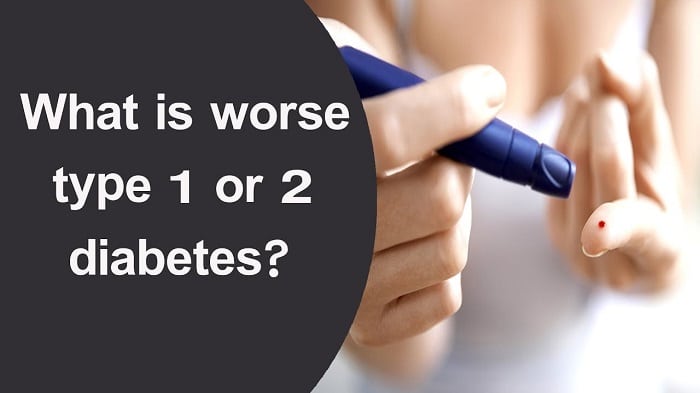Among the four main types of diabetes, type 1 and type 2 are the most common and sometimes get people confused because of their similarities. Here, you will learn the differences between these two types, their distinct symptoms and signs, and how the treatment is administered.
Definition of Type 1 Diabetes
Also called juvenile-onset diabetes, this condition refers to an autoimmune disease where the immune system erroneously attacks the body’s organ or cell-producing insulin. It is a medical condition where the production of the hormone insulin is disrupted, disabling the balance or control of the body’s levels of blood glucose.
Definition of Type 2 Diabetes
Also called adult-onset diabetes, this condition happens only when the body is not able to use or utilize insulin properly. Apart from that, this also occurs if there is an insufficient amount of insulin produced, enabling the rise and spike of the body’s levels of blood sugar.
Symptoms
There aren’t many differences when it comes to the signs of illnesses associated with both types. Consider the following:
Diabetes Type 1:
- Rapid weight loss
- Excessive urination
- Increased hunger
- Extreme thirst
- Impaired eyesight
- Slow-healing sores or wounds
Diabetes Type 2:
- Recurrent infections
- Numbness on some body parts
- Tingling sensation
- Headaches
- Episodes of nausea
- Recurrent vomiting
- Frequent urination
- Increased hunger/thirst
- Impaired eyesight
- Wounds that do not heal
What are the risk factors?
Both of these types have similarities in risk factors. However, it is significant to note that diabetes type 1 is caused by autoimmunity, which means that it can be triggered following an infection or illness. Consider the following risk factors for both types.
- Genetic circumstances and age
- Poor lifestyle choices
- Obesity/Overweight
Alongside the risk factors above, there are some minor elements that contribute to the said types. These are geography, race, and ethnicity. Note that these elements are only minor, and they have no significant effects on the condition.
What are the treatment options?
- Type 1 – Insulin is used as the main treatment option for this condition. People diagnosed with the said condition are prescribed insulin shots with the purpose of stabilizing the levels of blood glucose. Apart from insulin treatment, following a strict diet and observing regular exercise is also necessary.
- Type 2 – The usage of insulin is also observed in treating this condition. However, its main treatment option follows the consumption of different medicines. These include metformin, glyburide, glipizide, repaglinide, rosiglitazone, sitagliptin, Byetta, and bydureon. Aside from these drugs, observing a healthy and nutritious diet and exercising often is a must.
Takeaway
Diabetes management does not only involve the usage of insulin or other forms of drugs. It also concerns self-control and putting restraint on things that are harmful to you. Discuss your situation with your healthcare professional and seek other helpful approaches to better manage your condition and stay healthy.



